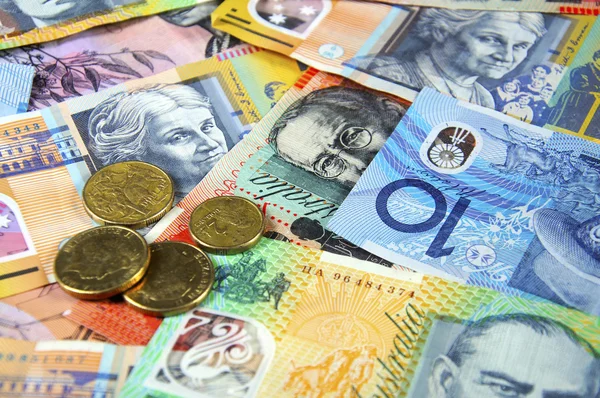Australian dollar falls in the face of a stronger US dollar, although Australian retail sales are expected to rise.
On Wednesday, the Australian Dollar (AUD) fell for the second consecutive session. The AUDUSD pair falls as Australian consumer prices fall below expectations. Likely forcing the Reserve Bank of Australia (RBA) to consider a more dovish interest rate policy. This prediction puts downward pressure on the AUD.
Australia’s monthly consumer price index (YoY) increased by 3.4%, slightly less than the projected 3.5%.
Australia’s Monthly Consumer Price Index (YoY) increased by 3.4% in February. In line with prior levels but somewhat lower than the expected 3.5%. Still, the most recent reading pointed The lowest since November 2021. The AUD has been under pressure with the release of Westpac Consumer Confidence on Tuesday. Which fell 1.8% to 84.4 in March 2024 from 86.0 in February, a drop from 20-month highs.
The US dollar gains ground as risk aversion increases ahead of Personal Consumption Expenditures.
The US Dollar Index (DXY) rose for the second day in a row amid a risk off mentality. Fueled by expectations for the release of US Personal Consumption Expenditures (PCE) on Friday. However, the drop in US Treasury yields could be attributable to anticipation surrounding the US Federal Reserve’s (Fed) anticipated rate cuts. This sentiment could hinder the US dollar’s gains.
Daily Market Movers: Australian Dollar falls on lower consumer prices.
Australia’s Westpac Leading Index (MoM) grew by 0.1% in February, compared to the preceding the decline was 0.09%.
The Australian government has vowed to support a minimum wage hike in line with inflation this year. Recognizing the persistent challenges that low income people confront as living costs rise.
According to a Bloomberg survey of experts, the People’s Bank of China (PBoC) is expected to impose two additional Reserve Requirement Ratio (RRR) cuts in 2024, for a total of 50 basis points.
Chinese President Xi Jinping is set to meet with US business leaders. This meeting is a follow-up to his November dinner with US investors in San Francisco.
Atlanta Fed President Raphael Bostic stated that he expects only one rate decrease this year, warning that lowering rates early could cause more disruption.
Chicago Federal Reserve President Austan Goolsbee aligned with the majority of the board and anticipates three cutbacks.
Chicago Federal Reserve President Austan Goolsbee aligned with the majority of the board and anticipates three cutbacks. However, Goolsbee stated that more proof of a fall in inflation is required before moving with rate cuts.
In February, US durable goods orders climbed by 1.4%, compared to the predicted 1.3% and a previous decrease of 6.9%.
US Durable Goods Orders excluding Defense increased by 2.2% in February, contrasting to the predicted 1.1% and 7.9% declines in the preceding months.
The US Housing Price Index (MoM) declined by 0.1% in January, compared to a 0.1% increase in December.









